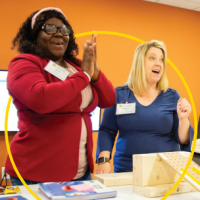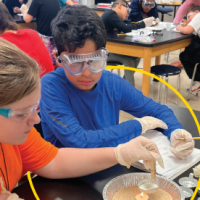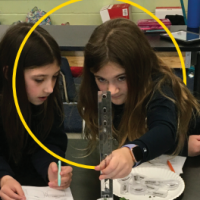White Papers, Case Studies, and Infographics
Learn more about Smithsonian programs through a variety of white papers, case studies and infographics.

















Read more about how high-quality professional learning makes a difference.

Read more about improved student outcomes.

Read more about how Smithsonian students outperformed their peers in science, reading and math.






